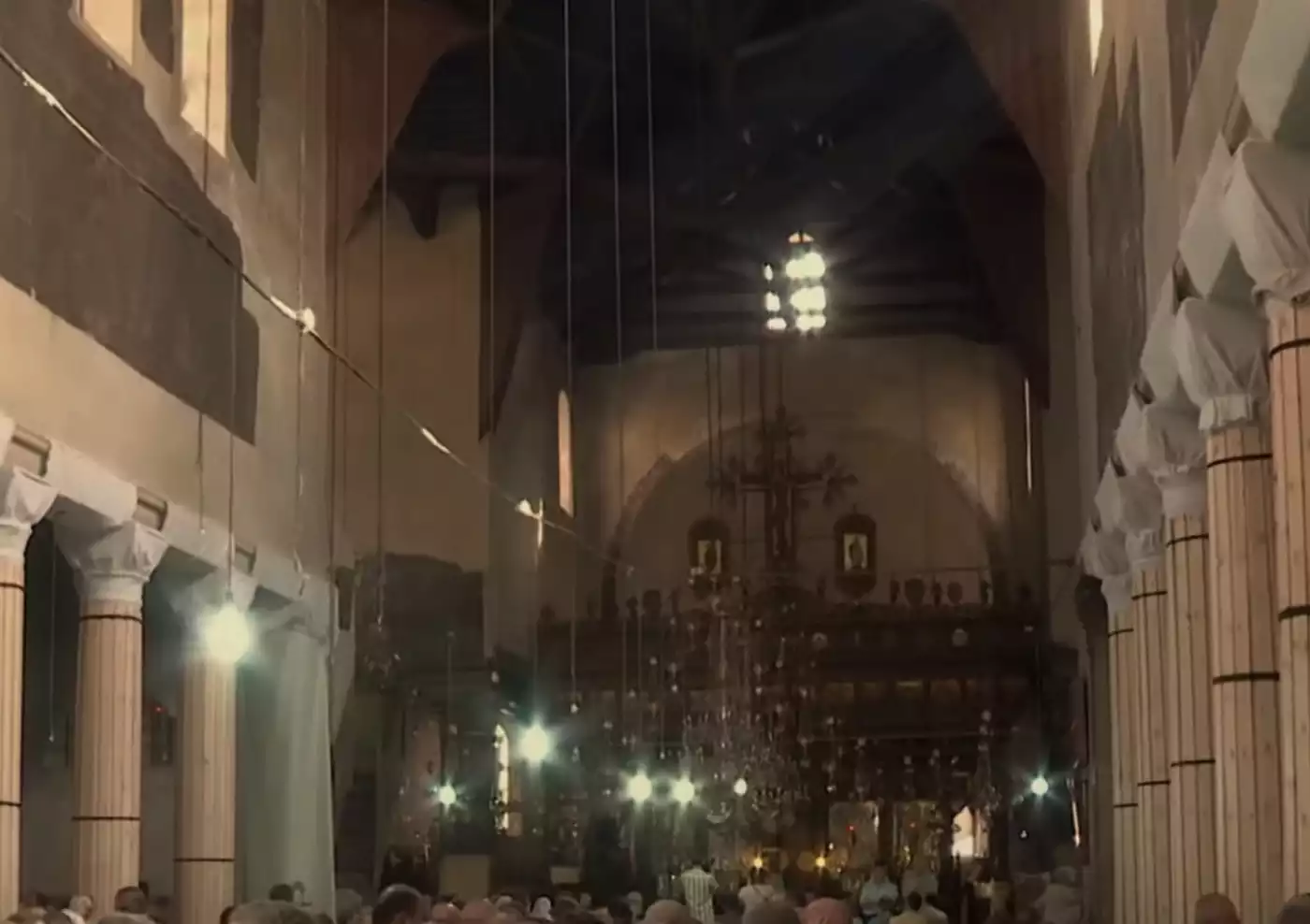
Bethlehem, revered as the birthplace of Jesus Christ, stands as a beacon of religious and historical significance. Nestled in the Judean hills, this ancient town attracts millions, captivated by its profound spiritual legacy. The narrative of Jesus’ nativity in Bethlehem, a cornerstone of Christian faith, imbues the town with an aura of sanctity, making it a focal point for pilgrims worldwide.
Bethlehem’s Historical Landscape
The historical canvas of Bethlehem is richly woven with tales from antiquity. Long before becoming synonymous with the nativity of Jesus, Bethlehem’s origins trace back to the Bronze Age. Its initial mention in the Amarna Letters, dating to the 14th century BCE, reveals a town already steeped in history.
In the Hebrew Bible, Bethlehem emerges as the setting for pivotal events. It was here that Ruth gleaned in Boaz’s fields, and King David, the revered monarch of Israel, was anointed. These accounts underscore Bethlehem’s prominence in Jewish tradition, preluding its Christian significance.
The transformation of Bethlehem into a Christian pilgrimage site began in the 4th century, with the construction of the Church of the Nativity by Constantine the Great and his mother, Helena. This venerable church, one of the oldest in Christendom, enshrines the traditional site of Jesus’ birth, marked by the revered Grotto of the Nativity. Over the centuries, Bethlehem has witnessed numerous renovations and reconstructions, reflecting the ever-evolving Christian devotion to this sacred site.
Bethlehem’s cultural tapestry is further enriched by its diverse population. Once a predominantly Christian town, it now boasts a mosaic of communities, each contributing to its vibrant cultural ethos. This diversity is evident in the town’s architecture, cuisine, and festivals, which celebrate the rich tapestry of Bethlehem’s heritage.
The town’s geography also plays a pivotal role in its allure. Situated amidst the rugged Judean landscape, Bethlehem offers a stark contrast between the barren hills and the verdant valleys, mirroring the profound juxtaposition of its historical turbulence and spiritual tranquility.
In conclusion, Bethlehem, beyond being the birthplace of Jesus, is a testament to the enduring interplay of history, faith, and culture. It stands not just as a site of pilgrimage but as a living museum, offering insights into the complex tapestry of human civilization.
Bethlehem’s Spiritual and Cultural Heritage
Bethlehem’s identity is indelibly shaped by its spiritual and cultural heritage, deeply intertwined with the narrative of Jesus’ birth. The town’s religious significance transcends Christianity, resonating with people of various faiths. As pilgrims traverse the ancient streets, they encounter a living tapestry of faith and tradition.
The Church of the Nativity, Bethlehem’s heart, continues to be a focal point for Christian worship and devotion. Its longevity and the continuous flow of pilgrims bear witness to the unbroken thread of Christian presence in the town. This historical church is not just a monument but a vibrant center of worship, where the echo of prayers and hymns spans centuries.
Bethlehem’s cultural heritage is equally rich. The town’s artisans are renowned for their intricate olive wood carvings, a craft passed down through generations. These exquisite works, ranging from nativity scenes to religious icons, are more than mere souvenirs; they are a testament to the town’s enduring artistic traditions.
The local cuisine, infused with the flavors of the Middle East, offers another dimension to Bethlehem’s cultural experience. Traditional dishes, like maqluba and mansaf, provide a sensory journey through the region’s culinary history.
Festivals and celebrations in Bethlehem are a vibrant expression of its cultural and spiritual identity. The annual Christmas celebrations are particularly notable, drawing visitors from around the globe. These festivities are a vivid display of Bethlehem’s ability to blend religious solemnity with joyous celebration.
As a symbol of peace and hope, Bethlehem holds a unique position in the global consciousness. Its message of peace, stemming from its association with Jesus, resonates deeply in a world often marred by conflict and division. Bethlehem stands as a reminder of the potential for reconciliation and harmony among diverse peoples.
Bethlehem, as the birthplace of Jesus, remains an enduring symbol of faith, hope, and cultural richness. Its historical depth, spiritual significance, and cultural vibrancy continue to inspire and attract people from all corners of the world. In Bethlehem, history and faith converge, offering a unique window into the human experience.
References
- Armstrong, Karen. “A History of God.” Ballantine Books, 1994.
- Murphy-O’Connor, Jerome. “The Holy Land: An Oxford Archaeological Guide.” Oxford University Press, 2008.
- Peters, F.E. “Jerusalem.” Princeton University Press, 1985.
- Wilkinson, John. “Jerusalem Pilgrims Before the Crusades.” Aris & Phillips, 2002.
- Wright, N.T. “The New Testament and the People of God.” Fortress Press, 1992.
